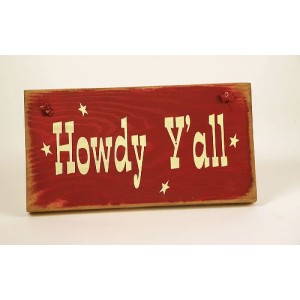Do you drive on a highway or a freeway? Do you wear sneakers or tennis shoes? What do you call a sweet fizzy beverage? Can you distinguish – purely by ear – the words merry, Mary, and marry? And if your spouse announces that she’s got a job in “the city”, where do you think you’re going to end up living? Your answers will be determined mainly by where you live (in America, by the way), or where you grew up, and now you can see these regional dialect differences — in pronunciation and word usage — represented clearly and colorfully on maps of the U.S. thanks to Joshua Katz, a PhD student in statistics at North Carolina State University, and to Dr. Bert Vaux of Cambridge University.
Let’s go back to the beginning of this century, when Dr. Vaux, then of Harvard University, spent five years collecting data on regional dialects throughout the U.S. using a survey he and his colleagues devised to distinguish differences in usage and pronunciation. Questions ranged from how you would pronounce “aunt”, “caught” and “caramel” to what you would call a long sandwich containing cold cuts. Do you say “y’all” or just “you”? “Soda” or “pop”? Vaux then mapped the data, using single color-coded points like pins on a map to show the geographical distribution of responses to the 122 questions he asked of more than 5300 participants.
Enter Joshua Katz, who decided for his end-of-the-year project to take Vaux’s data and create a series of interactive maps that gave a more complete and complex picture of these national dialect differences. Using a statistical algorithm that weighted the responses around a particular location, Katz was able to create mapped visualizations of Vaux’s survey; there’s even a drop-down menu that will show you the cities most and least similar in dialect to any point on the map you choose. Read Business Insider‘s report on Katz’s project. And the next time you’re offered a “car-ml” with only two syllables, you’ll know roughly what part of the country they come from …


On the right-hand side of the Pond (Atlantic, or ocean) we wear neither sneakers nor tennis shoes, but trainers. And AFAIK we have no way to pronounce ‘aunt’ except almost identically with ‘aren’t’, or ‘caught’ other than the same as ‘court’. ‘Soda’ descibes only ‘soda water’, sparkling or gassy water, unflavoured, for adding to Scotch (whisky, without an ‘e’), and never flavoured water. (It’s subtly different from ‘sparkling mineral water’ although in practice impossible to distinguish from it.) ‘Pop’ is the collective term for prefects at Eton, our poshest school, although one occasionally hears references to ‘soda pop’, of whose precise meaning in UK English usage I’m ignorant. Over here Mary rhymes with scary, and merry with berry or sherry; marry only with Harry, Barry and tarry (in the sense of loiter or delay, not covered in tar, which rhymes with starry). How else to say any of those?
Then we don’t drive on highways or freeways but on the motorway (autoroute, autostrada, autobahn). If your spouse works in ‘the City’, with a capital C, that almost certainly refers only to London’s financial district, equivalent to ‘Wall Street’, and means work as a banker or some allied trade — the rest of London isn’t called the City, except by foreigners, and it tells you nothing about where you’re going to live, other perhaps than in the ‘stockbroker belt’.
It’s enough to make you think we’re different countries!
All somewhat off message — sorry.